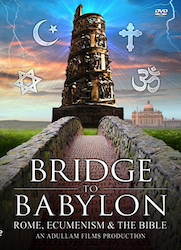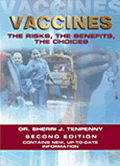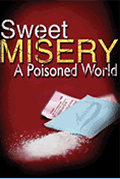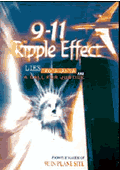In 1881, two scholars named Westcott and Hort published a revision of
the New Testament that would send shockwaves through the academic
world. Their new textual theory declared that the King James Version
(which had been trusted for centuries) was full of errors. Sacred
readings, long cherished by the faithful, were now declared to be
forgeries. The world was informed that the book, which had been called
the inerrant Word of God, was in need of correction.
The new theory claimed that recently recovered manuscripts revealed a
truer version of Scripture. Yet others warned that these manuscripts
were, in fact, the creation of early Gnostic heretics that had been
rightly abandoned centuries before. Was the new revision filled with
ancient corruptions?
Follow the story of the Bible’s controversial history into the twentieth
century, as the work of Westcott and Hort would transform biblical
scholarship, inspire the work of various Bible Societies, and pave the
way for the cause of ecumenical unity between Evangelical Protestants
and Rome.
INFORMATION COVERED IN THIS DOCUMENTARY:
1) The history of the Revision of the Bible in 1881.
2) The objections of Dean John W. Burgon concerning the “new Greek text”
invented by Anglican scholars, B.F. Westcott and F.J.A. Hort.
3) The analysis of George Sayles Bishop, R.L. Dabney and William G.
Blaikie who likewise opposed the Revision of Westcott and Hort in the
19th century.
4) Proof that the purpose of the Revision was to overthrow the Received
Text of the Protestant Reformation.
5) The warnings of Dr. F.H.A. Scrivener who declared that the theory
behind the new Greek text was based on conjecture and fantasy.
6) The “Romish” doctrines of Westcott and Hort, as revealed in their
letters, along with admissions of willful deception and heresy.
7) The warnings of early Church fathers concerning the corruptions of
Gnostic heretics who altered ancient manuscripts in the early centuries.
8) Examples from the Critical Text of what are believed to be Gnostic
influences that currently influence the majority of modern bibles.
9) How the work of Westcott and Hort was transformed into the
Nestle-Aland Greek text, used by the vast majority of Bible colleges and
universities, as well as most Bible translations.
10) The beliefs of Dr. Kurt Aland (the chief influence behind the
Nestle-Aland Greek text) who denied the apostolic authorship of the New
Testament, and suggested that Jesus may have been a mere “phantom.”
11) The influence of Dr. Bruce Metzger, a leading Bible critic of the
20th century (who worked on the RSV and NRSV translations) and his
denial of the authorship of Moses in the Old Testament.
12) The influence of William Cameron Townsend, founder of Wycliffe Bible
Translators, and Dr. Eugene Nida, father of the dynamic equivalence
method of Bible translation (i.e. paraphrase).
13) The development of “bridge bibles” and what they mean.
14) The discovery of the Bodmer Papyri by a Jesuit priest.
15) Proof that the discovery of the Bodmer Papyri is associated with
ancient Gnostic groups from the Nag Hammadi region of Egypt.
16) The influence of Rome, her Jesuits, and the ecumenical movement in
the development of a single Greek text, as the “one world Bible” to
unify all churches.
17) Discussion with Dr. James White (author of The King James Only
Controversy) concerning his defense of the Critical Text and modern
versions in general.
120 min.






Reviews
There are no reviews yet.